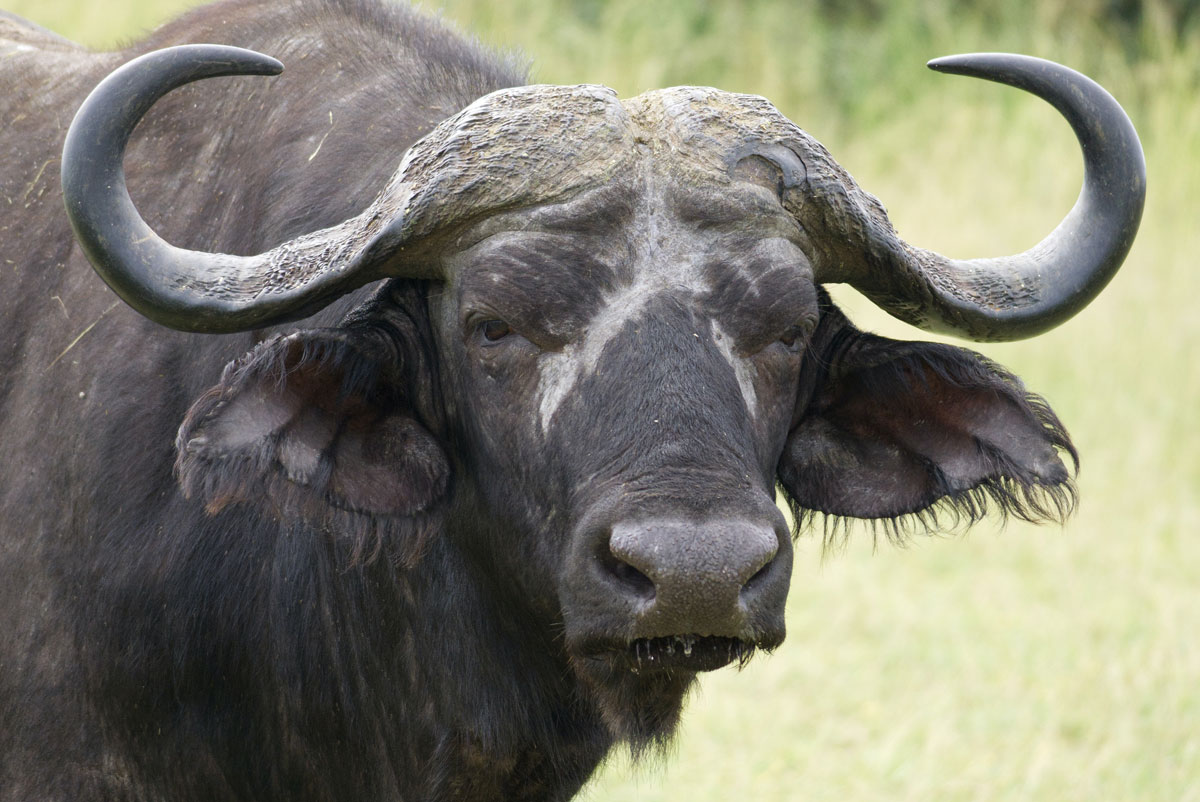Lake Mburo National Park
Lake Mburo covers an area of 370 km² between 1220m – 1828m above sea level. Wetland habitats comprise 20% of the park’s surface. Lake Mburo offers some novel means of game viewing; in a vehicle; on a mountain bike, by boat, on foot, and on horseback. This compact jewel of a park is ideally placed for an overnight break between Kampala and the protected areas of western Uganda.
A mosaic of habitats includes rock outcrops, savanna, acacia woodland, bush, forest, swamp and lakes that support a wealth of wildlife including species that are rare or absent from other parks in Uganda. Birding is also rich with papyrus and acacia species being particularly well represented. Visitors need not limit themselves to a game drive; the park can also be explored using mountain bikes, by boat, on foot, and on horseback.
Wildlife
At only 370km2, Lake Mburo National Park is small compared to many East African parks but it is home to a surprising diversity of wildlife with 69 mammal species and 332 bird species. A number of the park’s herbivores are rarely, if at all, found elsewhere in Uganda. Lake Mburo is the only park that contains impalas and the only one in western Uganda with Burchell’s zebra and eland. Topi are only found elsewhere in Queen Elizabeth National Park.
The species list was expanded in 2015 when a number of Rothschild’s giraffe were relocated to Lake Mburo from Murchison Falls National Park. Leopards and hyenas are also present and, after years of absence, lions are once more sighted. Hippos and crocodiles live in the park’s 5 lakes, while the fringing swamps hide secretive wetland creatures such as the sitatunga antelope.
The birdlist contains more ‘swamp specials’ such as the papyrus gonelek, papyrus yellow warbler, white-winged warbler and shoebill. Acacia woodland bird species are well represented around the rest camp at Rwonyo and in the lightly wooded grassland valleys east of Lake Mburo.
Activities
- Game Drives
- Forest Walk
- Birding



